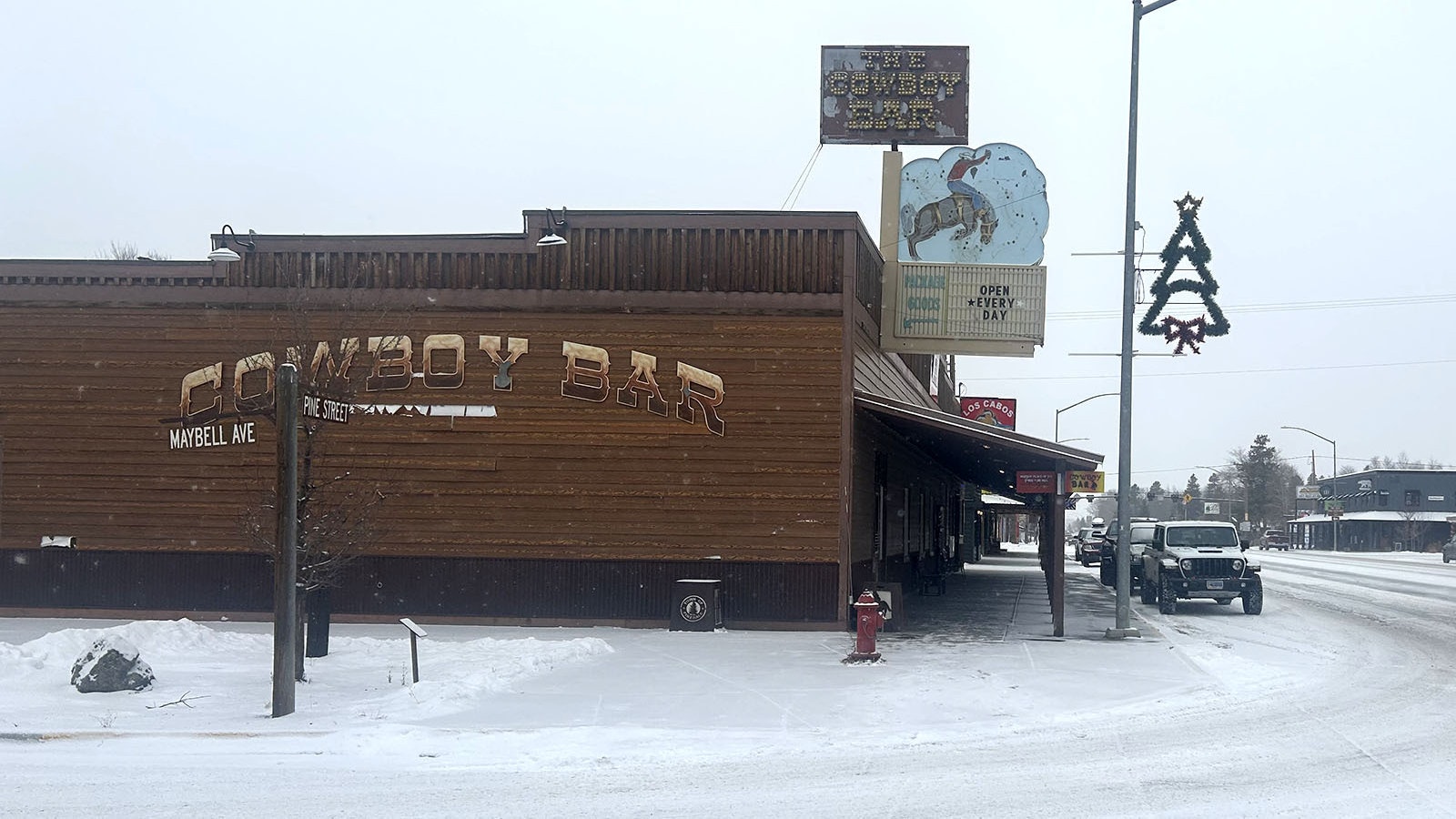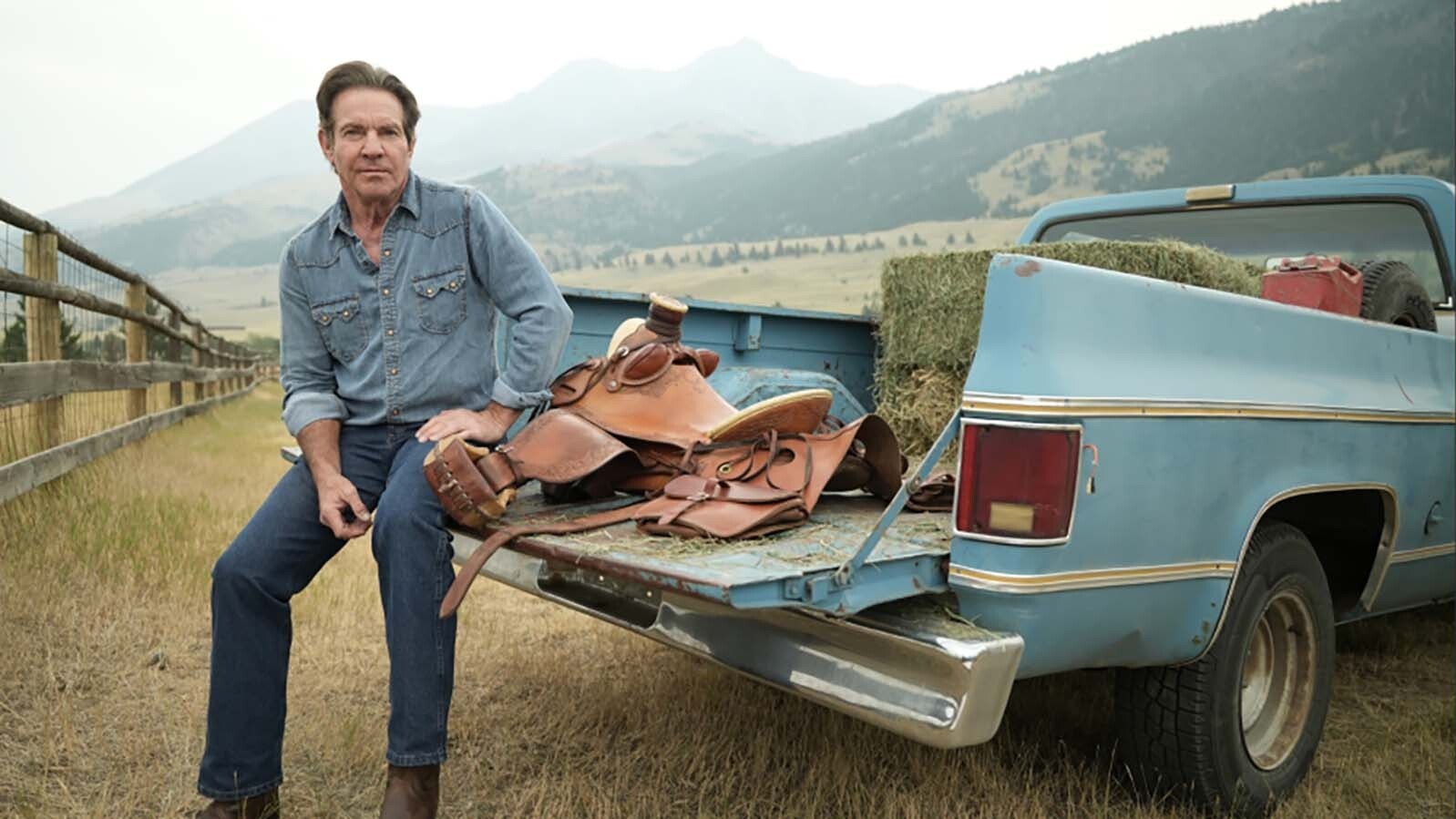Jim Neiman owns one of Wyoming’s two largest lumber mills. There’s no question in his mind that the recent order from the USDA, which directs the National Forest Service to open 59% more forest area for logging to boost lumber supplies 25%, is a step in the right direction for the American lumber industry.
The only question in his mind is whether the move has come soon enough to save his business, and others like it, from going under.
While Wyoming once had so many lumber mills that the industry was its third largest sector, today it’s down to only two large commercial mills. One in Saratoga called Saratoga Forest Management, and the one Neiman owns, called Neiman Enterprises.
Neiman told Cowboy State Daily that his lumber mill has been starving for supply, and that has been slowly but surely killing his business.
“Historically you need to run two shifts to be profitable,” Neiman said.
But, with the Black Hills Forest cutting available production by 70%, he hasn’t been able to get enough wood from other sources to hit that metric.
“I’ve seen nothing but a spiral downward the last four years,” he said. “Four years ago, I shut down the mill in Hill City, South Dakota. Then two years ago I shut Hulett down from two shifts to one, and I shut Spear Fish down to one shift last year.”
That’s meant laying off 200-some direct employees as well as more than 100 contractors of various types, from truckers to logging.
Lumber Used To Be Wyoming’s Third Largest Industry
When lumber was Wyoming’s third largest market sector, there were several large mills across the state — Laramie, Encampment, Sheridan, Fox Park, and many other locations.
In 1983, Wyoming had 34 operating mills, but by 2005 that had dwindled to just 21. Now there are only two large ones left, though there are perhaps 10 smaller mills handling things like the pallet industry.
Wyoming milled as much as 80 million board feet of lumber once upon a time. But last year, in 2024, it milled just 10 million board feet, according to USDA figures.
The decline of America’s lumber industry shows up on market analyst charts in the 1990s — after Congress passed legislation blocking millions of acres of forest land from commercial use.
As the lumber supply dwindled, American companies faltered, Neiman said, because they were unable to run the volume they needed to remain profitable. Imports took their place, adding to the downward spiral.
Forest management practices continued to get more and more restrictive from the 1990s on, Neiman said. The focus lately has been on removing very small trees to reduce fire risk andimprove resilience.
But there’s a limited market for small trees, so that shift hasn’t done much to help save the lumber industry.
It Is An Emergency
U.S. Secretary of Agriculture Brooke Rollins in a memo about opening healthy forests to more logging characterized the situation as an emergency.
“Healthy forests require work,” she said. “And right now we’re facing a national forest emergency. We have an abundance of timber at high risk of wildfires in our National Forests.”
She sees opening more forest land to logging as empowering forest managers to “reduce constraints, minimize the risks of fire, insects, and disease so that we can strengthen the American timber industry and further enrich our forests with the resources they need to thrive.”
Neiman agrees with the characterization as an emergency. He has spent the last few days in meetings — some in DC — pleading for help, and faster change.
“I’m hoping this will be quick enough to save us. It’s a very serious situation,” he said, adding that shutdown is imminent for his fourth-generation family-owned business.
He knows he isn’t alone in the struggle, either. His peers in the lumber industry have been struggling for decades now, and he’s watched many of them shut down for good over the years.
Trump, last month, had said America doesn’t need Canadian wood, that it has enough forest land to supply its own lumber.
That’s something Neiman agrees with wholeheartedly.
In fact, Neiman said America has more wood than Canada lately, which has been driving some Canadian companies to buy U.S. sawmills.
“Canada has lost so many mills due to bugs and fire up there that the Canadians have moved south,” he said. “They own about 60 sawmills in the south now, and, in some cases, they have more production in the U.S. (than American companies). That’s a whole other subject.”
Neiman currently has about 450 employees and believes boosting the supply of lumber available for production would immediately allow him to add back a large portion of the workforce he’s lost — though not all of them at once.
“I could add on a good chunk of them,” he said.
Better Fire Management
Allowing more logging is something Neiman believes would also help reduce fuel for forest fires, lessening the dangers long-term.
Forestry management is complex, but that’s something retired state forester Bill Crapser told Cowboy State Daily he generally agrees with.
“Most of the big fires that we had in Wyoming last year were more prairie fire and brush fire, expect for the big one, the Elk Fire, up on the Big Horns,” he said. “But forest management is going to help with fire danger long-term. Whether it’s prescribed fire, logging, fuels work — more active management is helpful in reducing impacts of fire.”
There were also the Fish Creek and Pack Trail Fires west of Dubois, where Crapser believes more active forest management would be particularly helpful .
“The big problem there was heavy, heavy, spruce bark beetle that had been in there and the high mortality in those stands,” he said. “Those are the type of places where, if there’d been more management, more of a mosaic to the landscape, you’d have a better chance of slowing the fire down.”
The mosaic adds open areas, breaking things up, Crapser said, helping to slow things down.
Renée Jean can be reached at renee@cowboystatedaily.com.





